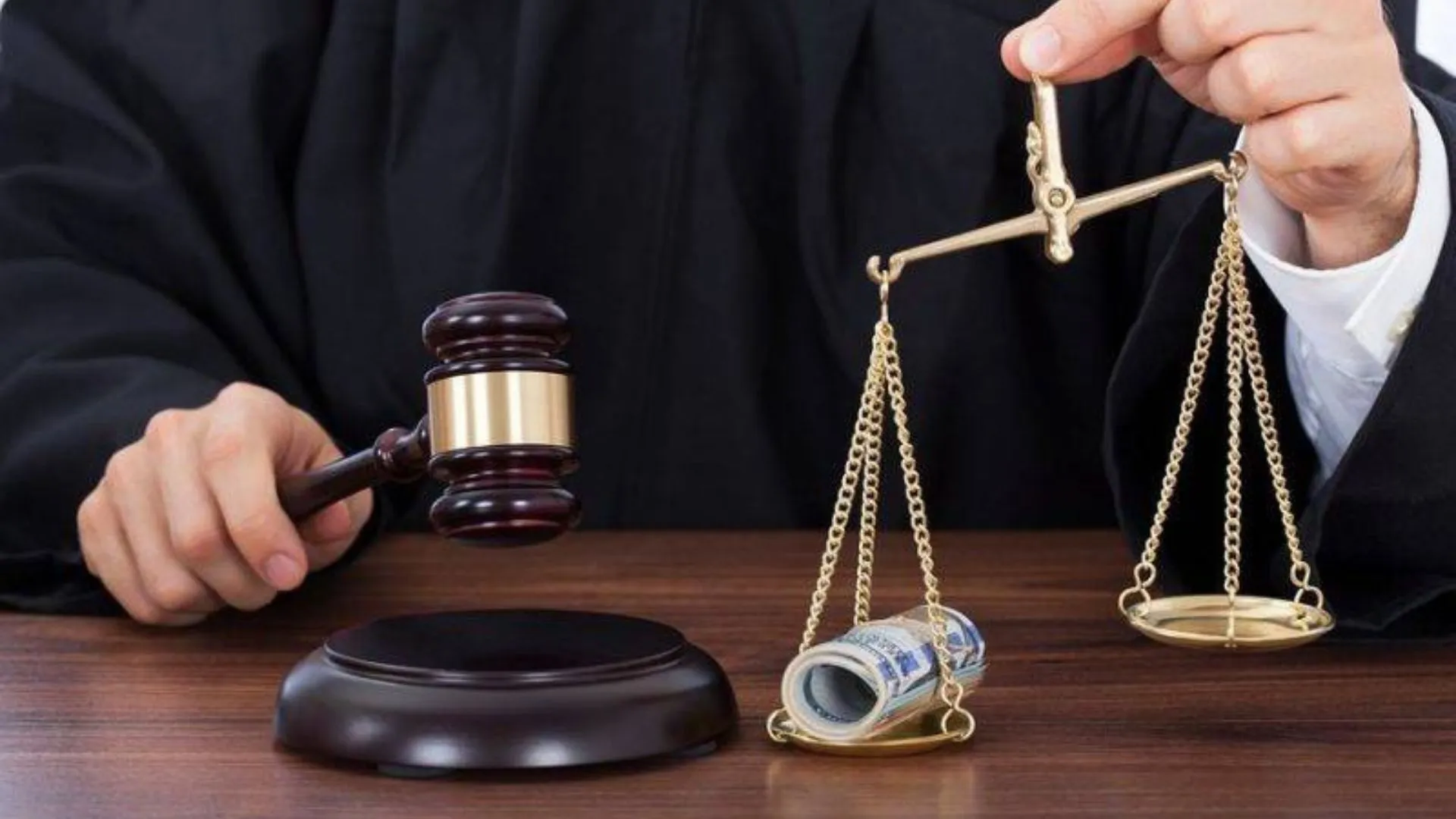The judiciary, long seen as the guardian of justice, is now facing serious concerns that threaten its integrity. Recent discussions around Justice Yashwant Varma bring to light a more troubling issue i.e. judicial corruption that remains largely hidden. Studies show that corruption within the judiciary often escapes scrutiny, making it difficult to hold wrongdoers accountable.
Some crimes are easy to detect, but others remain hidden due to systemic barriers. Judicial corruption falls into the latter category because it operates behind closed doors, masked by legal procedures and protected by institutional frameworks. This makes it one of the hardest forms of misconduct to expose.
Several factors contribute to the invisible nature of judicial corruption. First, people often do not recognize when they have been affected by judicial corruption since rulings appear lawful. Second, there is little official data on corruption in the judiciary, making it difficult to measure or address. Third, there is a lack of academic discussion and structured analysis on the issue, which limits critical engagement. Fourth, research on judicial misconduct remains scarce, preventing awareness of the full extent of the problem. Fifth, the judiciary largely regulates itself, reducing external checks on its actions. Sixth, political leaders show little interest in reforming the system, allowing corruption to persist. Lastly, because judicial corruption does not have obvious victims like street crimes, it fails to generate public outrage.
The Supreme Court, rather than ensuring transparency, has played a role in limiting scrutiny of judicial misconduct. Judges accused of corruption often continue to serve or retire quietly without facing investigations. Internal reviews are conducted in secrecy, with no public records of their findings. The lack of independent oversight only deepens the problem. When allegations do emerge, they are frequently dismissed on technical grounds rather than investigated thoroughly.
Judicial corruption also benefits from systemic protections. The authority of the judiciary, institutional safeguards, and control over legal interpretation make it difficult to challenge misconduct. Past efforts to expose corruption have been blocked, setting a precedent for secrecy. Additionally, legal provisions such as contempt laws discourage open discussions on judicial wrongdoing, keeping these issues out of the public eye.
Parliament has also shown little urgency in addressing judicial corruption. While judicial appointments often spark debate, the issue of accountability remains neglected. Lawmakers have not pursued reforms that would establish greater oversight, allowing the judiciary to function without sufficient external checks.
With secrecy within the judiciary, political inaction, and a lack of independent oversight, judicial corruption remains a hidden issue. To restore public trust, there must be greater transparency, independent investigative bodies, and stricter accountability measures. Without these changes, the credibility of the legal system will continue to erode, undermining the very foundation of justice.
Pragati Solanki, Assistant Professor, HLM Group of Institutions, Ghaziabad.










